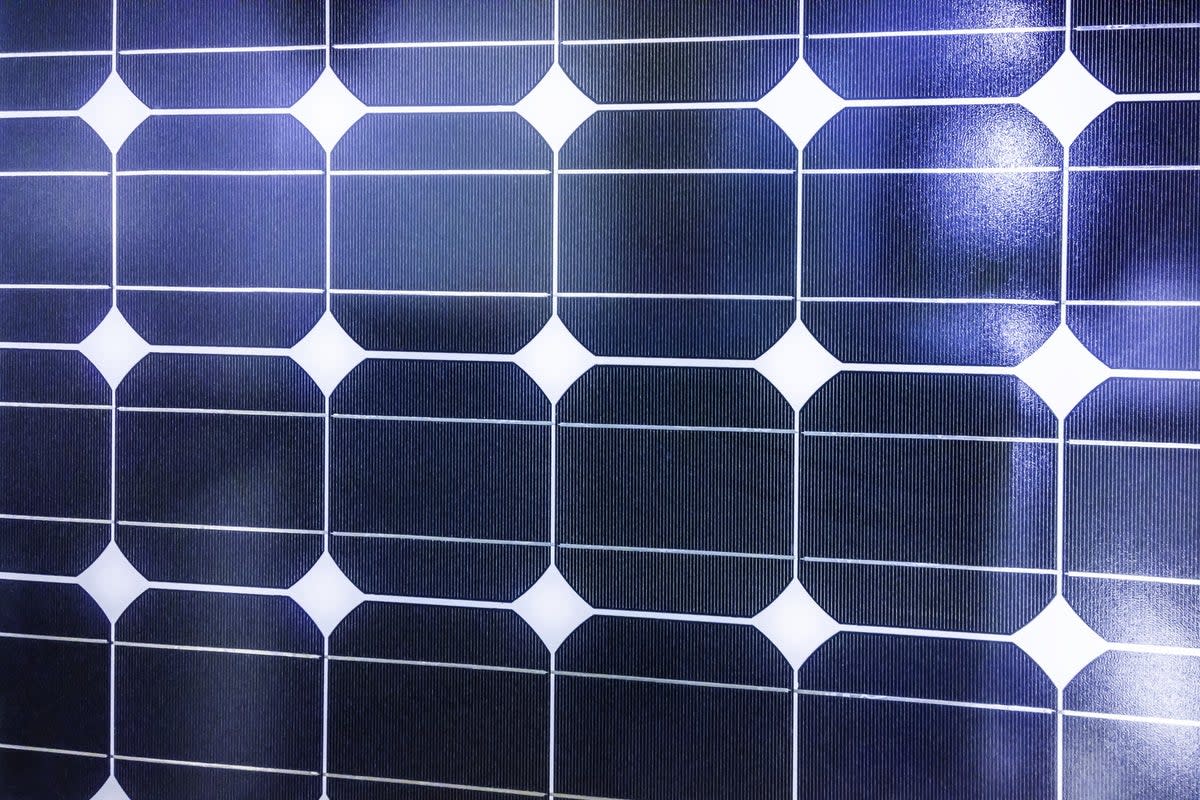‘Miracle material’ solar panels close to commercialisation after breakthrough

Scientists have figured out a way to mass produce solar panels made out of a so-called miracle material that can massively boost their efficiency.
Perovskite has been hailed for its potential to revolutionise renewable energy, however converting its record-breaking success in the lab into commercial solar panels has proved difficult due to durability and reliability issues.
A major study into possible production methods for the technology has now concluded that a vacuum-based approach could allow the next-generation solar panels to be manufactured on a commercial scale.
A team led by the Karlsruhe Institute of Technology in Germany and the National Renewable Energy Laboratory (NREL) in the US found that vacuum processes – used to make everything from smartphones to LEDs – held significant advantages over the solvent-based approach usually used to make lab-scale solar cells.
“Vacuum-based processes have proven themselves in industry for many decades,” said Ulrich W. Paetzold, a professor at the Institute of Microstructure Technology and Light Technology Institute at KIT.
“Although they can decisively advance the commercialisation of solar cells, they are heavily underrepresented.”
Solar cells that use a combination of perovskite and silicon have demonstrated vastly more potential to generate electricity from the Sun’s energy compared to traditional silicon cells.
In November, researchers from the Chinese solar technology firm Longi set a new world record of 33.9 per cent efficiency for a silicon-perovskite tandem solar cell – nearly 30 per cent more efficient than the best performing silicon cells.
The next-generation cells have a theoretical efficiency limit of 43 per cent – 50 per cent more than the 29 per cent limit of silicon cells – though this is unlikely to be realised on a commercial scale.
Last year, a startup in China said it had made a breakthrough with tandem silicon-perovskite solar cells that would allow them to begin mass producing them, with plans for a factory in Jiangsu province.
UK startup Oxford PV is also planning to commercialise the technology with a production facility in Germany.
The latest breakthrough was detailed in the journal Energy & Environmental Science, in a paper titled ‘Vapour phase deposition of perovskite photovoltaics: short track to commercialisation’.

